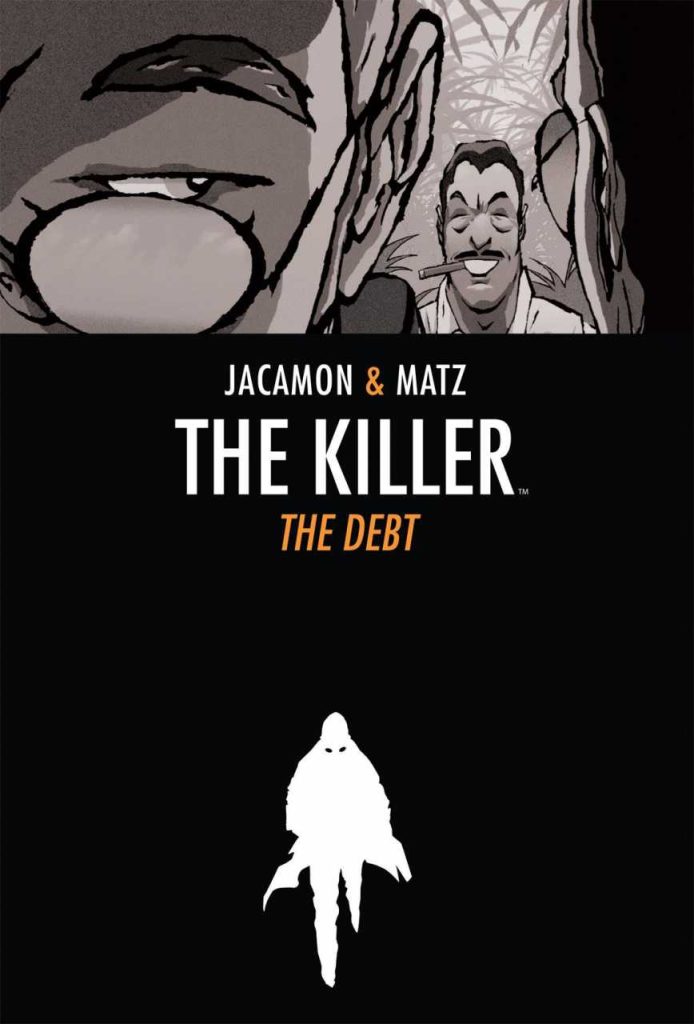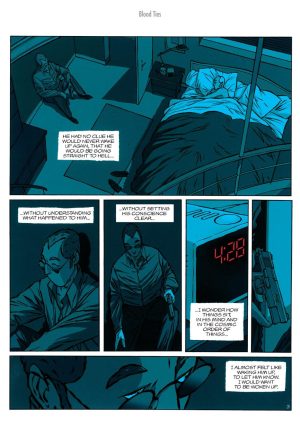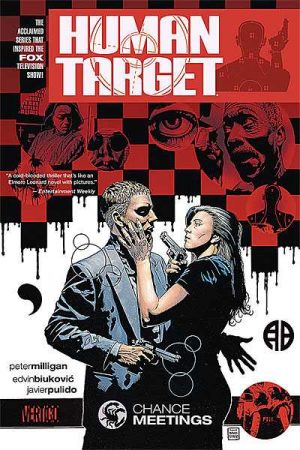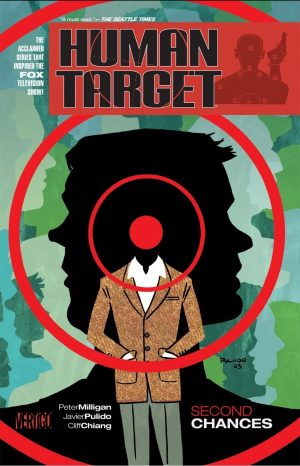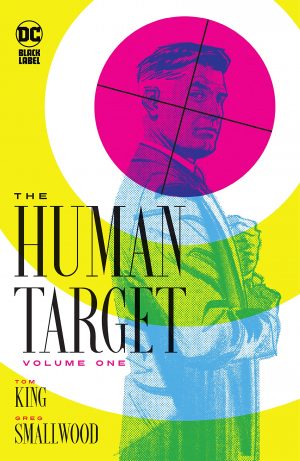Review by Frank Plowright
Much of The Killer’s first outing consisted of him explaining who he was, his principles of business and how that worked out in practice. There was a distinct swerve for the final of the three original volumes combined in English translation as Long Fire or Vol. 1, depending on which version is picked up. In the final story the Killer’s instincts were on the button as he suspected he was being set up, and eventually ended up with more than the single target.
This comes home to roost in ‘The Debt’ in which some dangerous people hold him responsible for messing up their business via his choice of victim. That debt can be cleared if he carries out an assassination on their behalf. The plot exemplifies the way Matz uses slight connections between his stories as he moves things forward, but more so than in the first volume, every two chapters stand apart. If there is a thematic connection it’s friendship. Over the first volume the Killer’s narration made much of isolation, yet he eventually hooks up with a woman. In a series packed with unsavoury aspects, something that lingers is that she’s never named. It raises questions about the narrative captions applied after events, about whom they’re for, and under what circumstances they’re spoken. Why is her name concealed? The other people whose company he enjoys are named.
While Luc Jacamon draws most of The Killer in pencil and ink, beginning with scenes in New York there are some interesting diversions into shopped in and digitised photographs to seal the ambiance. Jacamon is incredibly proficient, reflecting the deadpan, detached nature of the Killer’s recitations in showing far more ordinary day to day life and discussions than violent action, and here there’s a deliberate cut away from that action. When it’s needed, though, Jacamon delivers violence with the best.
Three stories are collected here, but they aren’t as straightforward as before. There’s mystery at the heart of them, which is somebody targeting the Killer. Can he trust the people he’s allied with, and what’s behind everything? Matz messes with the storytelling, switching panels of recent events between the conversations of the present, showing how situations came about as they’re unfolding. It’s clever, but needs attention paid.
Ethical values alone ensure The Killer is an interesting series. Comparisons can be drawn with better Punisher material, but they don’t have the same sort of introspective accompaniment. As with the Punisher there’s never any doubt he’s going to emerge alive, and there’s no miraculous recovery from life-threatening wounds to ensure that. Planning, watching from afar and hiding in the shadows cover the same territory. It remains a beguiling blend, and is combined with the previous volume as the first Killer Omnibus, and also found with other content in the first volume of The Complete The Killer.
After The Debt Matz and Jacomon took a four year break from the series, returning in 2007 with the stories collected in Vol. 3: Modus Vivendi.
